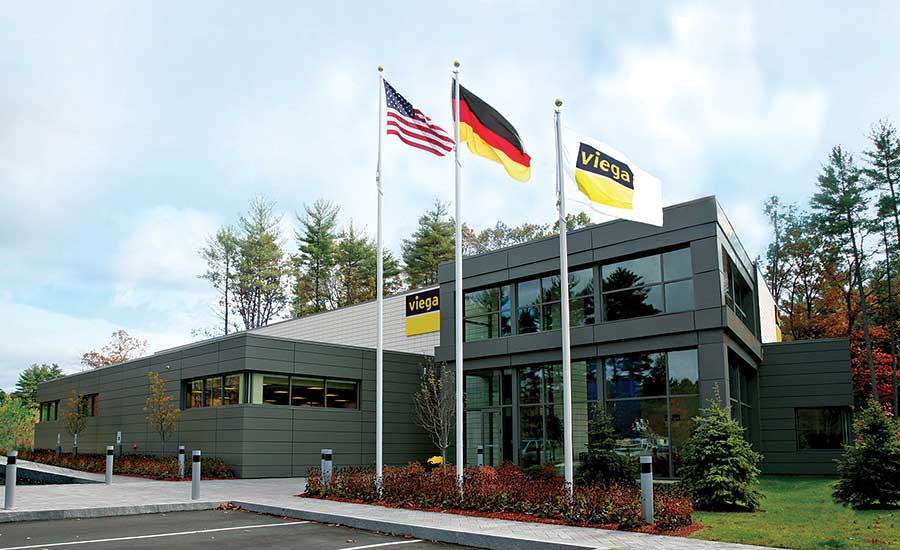The 1970s bestseller “Zen and the Art of Motorcycle Maintenance: An Inquiry into Values” used the author’s experience repairing a motorcycle on a cross-country trip to explore competing approaches to life.
Perspective, he believed, was key. The mindset and attitude with which we approach tasks can determine how successfully the work gets done and whether the time spent is seen as worthwhile or just drudgery.
Similarly, when we teach techs how to troubleshoot and repair hydronics systems, we stress the importance of preparation and approaching the job with the correct mindset while following the appropriate procedures and checklists. While we don’t promise enlightenment at the end, it should result in a hydronics system that is back in tune with the universe.
At the beginning of our seminars in our Colorado and New Hampshire centers, we teach techs the following lessons:
-
Always maintain a positive attitude. Troubleshooting is an opportunity to develop and employ your skills;
-
Don’t get frustrated. Troubleshooting can be a long process, which sometimes involves backtracking and false starts;
-
Understanding how the system is supposed to work is key to getting it back to that state;
-
No matter how familiar you are with the system, consult the operating manual, troubleshooting guide, piping and wiring schematic, etc.;
-
Don’t be too stubborn to call technical service if you get stuck;
-
Be sure your tools are in good condition; and
-
Give yourself as much light as possible and get as comfortable as you can. You’re likely to be there awhile.
Diagnosing the problem
Hydronics systems can be broken down into two sub-systems: Electrical (power source, wiring, switches, sensors and loads, control panels, outdoor reset and mixing control) and piping (general layout, component placement and piping theory, such as series, parallel and primary/secondary piping).



